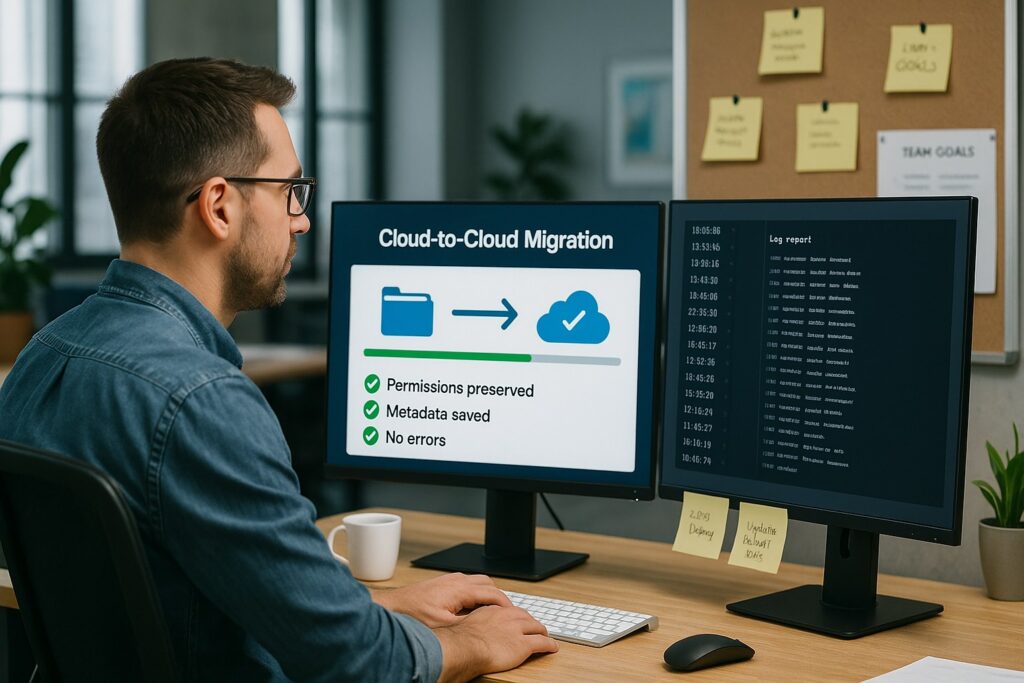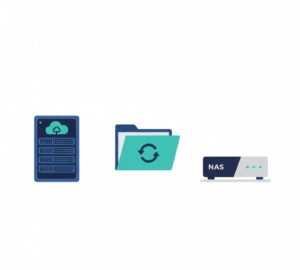The key to a zero‑error cloud data migration (cloud transfer) is combining smart planning, a strategic approach, and the right tool; one that preserves metadata, permissions, file history, and provides full visibility into every file transferred.
So, how do you ensure your next cloud transfer itruly error-free? First, let’s look at why migrations typically fail.
Why Cloud-to-Cloud Migrations Fail?
When you perform a migration, with the files/folders you’re also moving metadata, permission layers, version history, and integrations. Here’s what commonly breaks:
- Files go missing due to faulty mappings or unsupported connectors.
- Permissions fall apart when user roles differ between platforms.
- Metadata like creation/modification dates and version history is lost
These issues usually don’t result from mistakes. They happen when your tools assume everything is a plain file, while ignoring the relational and structural layers that your organization depends on; those layers are what Cloudsfer is built to preserve.
What It Should Look Like in Practice
Let’s say you’re leading a migration of 4 TB from Box to Google Drive for a 500-person team. With Cloudsfer, it could work like this:
- Pilot a small subset: Start with a pilot migration of a selected portion of data to validate user mapping, folder structure, permissions, and metadata preservation. This helps identify any issues early before scaling up.
- Run the migration: Use Cloudsfer’s multi-user migration, including user mapping templates and scalable execution.
- Review detailed reports: Cloudsfer logs every migrated item and provides reports that include details on successfully transferred files as well as any files that could not be migrated.
- Retry only the failed or changed files: Use the “delta migration” button to re-run on missed or changed files.
The Result? No missing files, preserved metadata, and permissions.
Common Mistakes/Errors You Can Avoid
- Mistake: Migrating all files and folders at once
Result: No validation, unpredictable errors.
✅Cloudsfer fix: Pilot small datasets, then scale with full transparency. - Mistake: Ignoring metadata and version history preservation
Result: You lose context, and file history disappears.
✅Cloudsfer fix: Retains timestamps, authorship, and revisions, which is a built-in feature in Cloudsfer. - Error: No mechanism for failed transfers
Result: You’ll never know which files you lost along the way
✅Cloudsfer fix: Uses built-in error logs and delta re-run for selective retransfer.
Final Thoughts
Achieving a zero-error cloud-to-cloud migration is entirely possible. It requires careful planning, tools that respect the complexity of your organization’s data, and processes that validate every step.
Need help? Contact us






